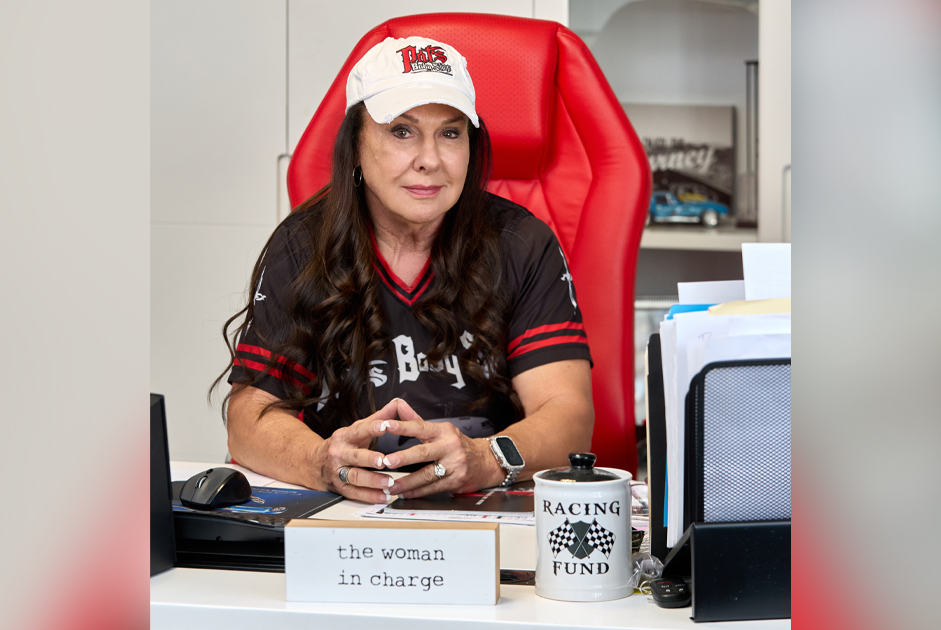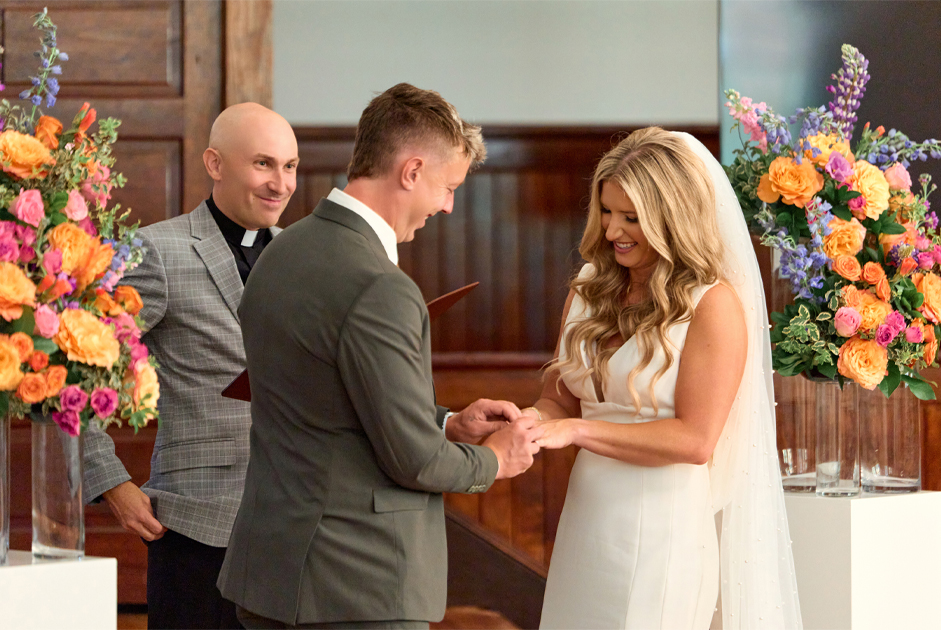BY MARK MATHOSIAN
As I write this column, an ounce of gold is over $1300. At that price, you might consider selling gold jewelry you don’t wear anymore. However, before gathering up your valuables you should know how gold is priced, bought, and sold in today’s marketplace.
Typically, the weight and karat of the gold determines value. The higher the gold content, the more valuable the jewelry. Somewhere on your jewelry you should see a number followed by a symbol such as K, Kt, or kt. For example, a 10-karat gold ring might be stamped 10k. A 10k ring is 42% pure gold with 58% other metals such as zinc, copper and nickel. A 14k ring is 58% pure; 18-karat is 75% pure, and 24K contains the most gold at .999%. Most jewelry is between 10 and 18 karats because 22-24K is too soft and malleable. There is also a mathematical formula for determining gold content. Divide the karat number by 24 and multiply by 100. For example, 14K divided by 24 x 100 = 58%.
The first tip for selling gold is that you request jewelry with different karats be weighed separately. Some dealers weigh all jewelry together and offer you the lowest karat value. Avoid that pitfall. If you weigh jewelry yourself, remember that most jewelers use a measurement standard called a Troy ounce. A U.S. scale measures 28 grams per ounce. However, a Troy ounce equals 31.1 grams. To confuse things further, some dealers also use a system of weights called pennyweight to measure a Troy ounce, while others will use grams. A pennyweight is the equivalent of 1.555 grams.
Gold jewelry also has a value based on its history, age, and context. For example, vintage or antique family heirlooms may be more valuable than their original cost, whereas newer jewelry may be worth less. A good example is a gold watch, running or not. You may be offered a higher price for the watch if you proffer it as an antique and not just for its gold content. That’s because a collector may want that particular make and model and is willing to pay a premium for it. The key is to know what is in your collection before contacting buyers, and understand that most gold pieces will be melted down, but not all pieces. Also, don’t expect something to be worth more simply because it’s a memorable piece such as an engagementor wedding ring. Sentimentality does not equal higher value.
There are three main buyers for your gold jewelry: jewelry stores, pawn shops and dealers. All three are in Winston-Salem and surrounding cities. Some experts suggest you try selling jewelry to a jewelry store first, especially major jewelry stores. The theory is that buying your gold is not their major source of income so they are less likely to give you a bad deal. Personally, I have dealt with all three types and found the ones I frequented to be honest and fair. Again, showing you understand the ins and outs of gold transactions will assure fair treatment. You should also seek several quotes before selling. Different buyers may offer more or less depending on the percentage they earn for acting as the middleman.
Before visiting a dealer, organize your gold. Remove items that are not gold or have so little gold parts that they are not worth recycling. For example, if the clasp is the only part of a necklace that is gold, the gold buyer may not want it. Likewise, you won’t be offered much, if anything, for gold plated jewelry. Here’s something you can do to weed out items not worth much. Apply a strong magnet to your jewelry. If the magnet sticks, it is not solid gold. Look for “GF” or “GP” stamped on the jewelry. That means it is gold filled or gold plated. After sorting your jewelry according to gold content, put like items in plastic baggies. That makes it easier for you and the buyer when you bring them in for estimates. Finally, don’t act on impulse. Be sure you really want to sell that particular necklace, ring or family heirloom. Selling sentimental items can create feelings of guilt long after the deal is done.


















